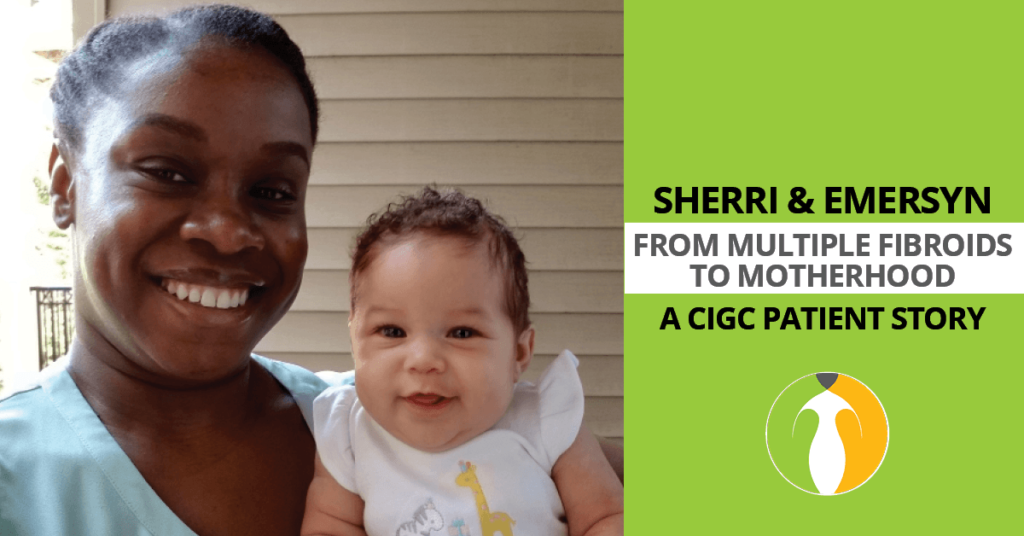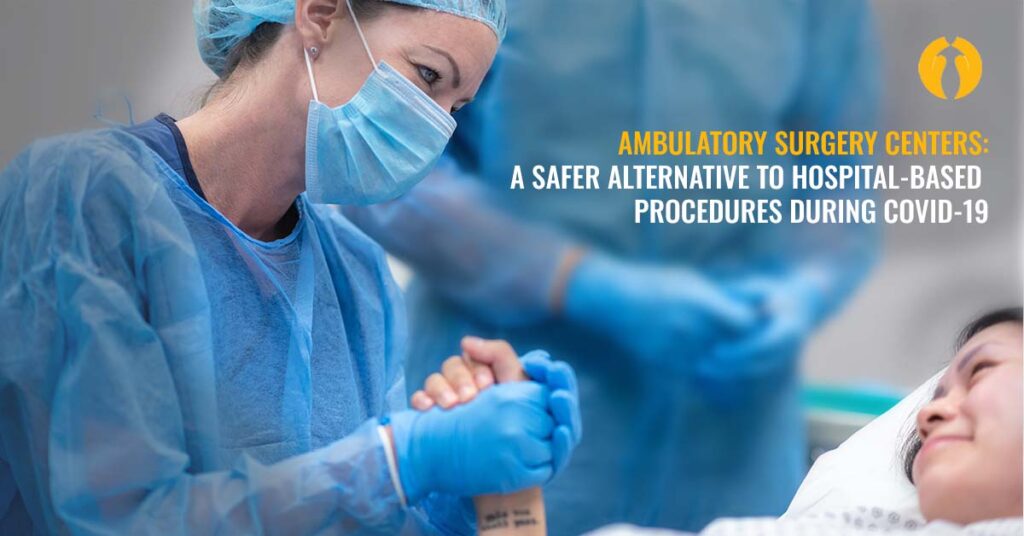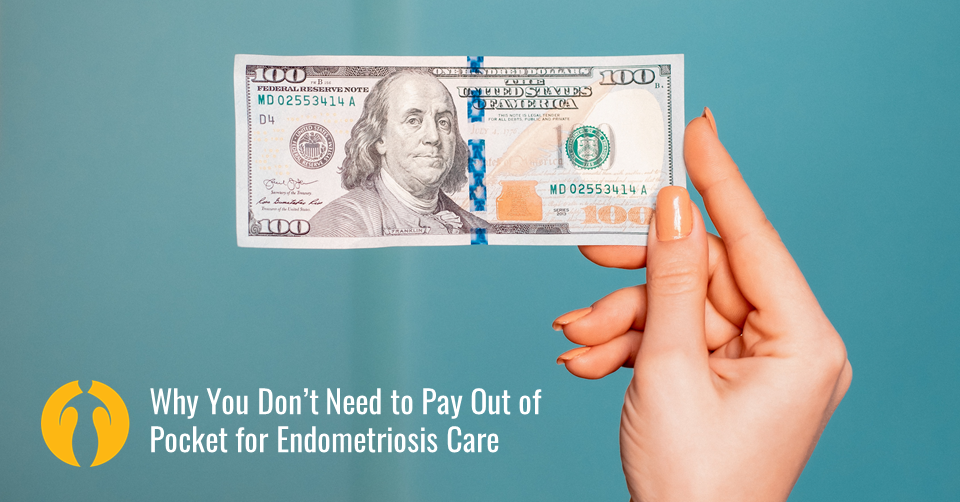By Paul MacKoul, MD - Laparoscopic GYN Surgeon and Co-Founder of CIGC
Myomectomy
A myomectomy is a surgical procedure to remove uterine fibroids while leaving the uterus intact. The uterus is preserved, allowing patients to retain their fertility options. A myomectomy is the preferred fibroid removal option for women who wish to bear children in the future.
For women planning to start their fertility journey, the presence of uterine fibroids can lead to trouble conceiving, a higher risk of miscarriage and the potential for serious complications during pregnancy. Undergoing a myomectomy can help prevent these complications.
On This Page
Myomectomy Procedure
A myomectomy procedure can be performed using multiple techniques. Types of myomectomies include open myomectomy, standard laparoscopic myomectomy, robotic myomectomy, hysteroscopic myomectomy and CIGC’s Laparoscopically Assisted Abdominal Myomectomy® (LAAM®). While the surgical specialists at CIGC only perform the LAAM procedure, it’s important to follow preoperative and postoperative instructions with any type of procedure performed. Your surgeon will give you the information you need so you know what to expect before, during and after your procedure.
Learn more about the myomectomy procedure>>
Myomectomy Side Effects and Recovery
Recovery after a myomectomy will vary from patient to patient. After undergoing a LAAM procedure, most patients have an average recovery time of 10 to 14 days. Side effects during the recovery process may include bruising, bleeding, swelling, urinary retention, pain, nausea, diarrhea or constipation. Getting adequate rest and following postoperative instructions can aid recovery.
Myomectomy Risks and Complications
Like all surgical procedures, a myomectomy comes with risks and potential complications. Some of these include excessive blood loss, scarring and infection. These are typically rare, and there are ways to help prevent and treat complications if they occur.
Learn more about myomectomy risks and complications >>
Myomectomy vs. Hysterectomy
When trying to find an effective treatment for fibroids, the two main surgical procedures most patients need to decide between are a myomectomy and a hysterectomy. For patients not finished with and still interested in childbearing, a myomectomy is usually the preferred choice. However, it is possible for fibroids to return if the uterus remains intact. For patients who are done with childbearing or not interested in retaining their fertility, a hysterectomy is considered a more permanent fibroid treatment.
Learn more about the difference between a myomectomy and hysterectomy >>
Myomectomy FAQs
Are you a candidate for LAAM?
A LAAM myomectomy is for fertility. Myomectomy, or fibroid removal surgery, is generally a more invasive procedure than a hysterectomy, and is not recommended for women who are no longer able to have children. This includes women who are no longer interested in childbearing, as well as women who are unable to have children, or who are menopausal. A hysterectomy eliminates incisions that require healing in the muscle, and the pain is generally much less.
Why do LAAM myomectomy patients have exceptional results?
The CIGC myomectomy surgeons only perform minimally invasive procedures. Our advanced-trained GYN specialists have made a commitment to surgery with the most modern techniques available. Even the most complex GYN surgeries at CIGC are performed with exceptional outcomes. Two of the techniques that make our LAAM procedure so effective are retroperitoneal (RP) dissection and uterine artery occlusion (UAO).
Research study published in the Journal of Minimally Invasive Gynecology compared the LAAM procedure to other myomectomy procedures and showed clear advantages. This data was based on 1380 patients who underwent fibroid removal surgery via open, robotic, laparoscopic or the LAAM approach. Here are the results:
Myomectomy Specialists at CIGC
For best results, a myomectomy should be performed by a GYN surgeon who specializes in minimally invasive fibroid removal. The likelihood of experiencing complications either during or after a myomectomy will decrease if the surgery is performed by a surgeon with a high level of skill and expertise. After performing more than 25,000 GYN surgeries, CIGC’s myomectomy specialists are proven experts. All CIGC surgeries are performed minimally invasively at select ambulatory surgery centers, so patients can go home the same day to start their recovery.
The CIGC Difference
The CIGC difference is a commitment to providing an alternative to the invasive open myomectomy that often comes with painful and extensive recovery. The LAAM technique is a major advancement used exclusively at CIGC. Risk factors and limitations with standard laparoscopic, robotic and open myomectomies led the surgeons at CIGC to perfect the LAAM approach, taking the best parts of each surgery to create a better outcome for the patient. With LAAM, risks and complications are greatly reduced, and most patients recover in less than two weeks.
Ready for a Consultation
If you’re considering a myomectomy for fibroid treatment, our specialists are ready to provide an evaluation of your symptoms and condition and recommend an appropriate solution.







